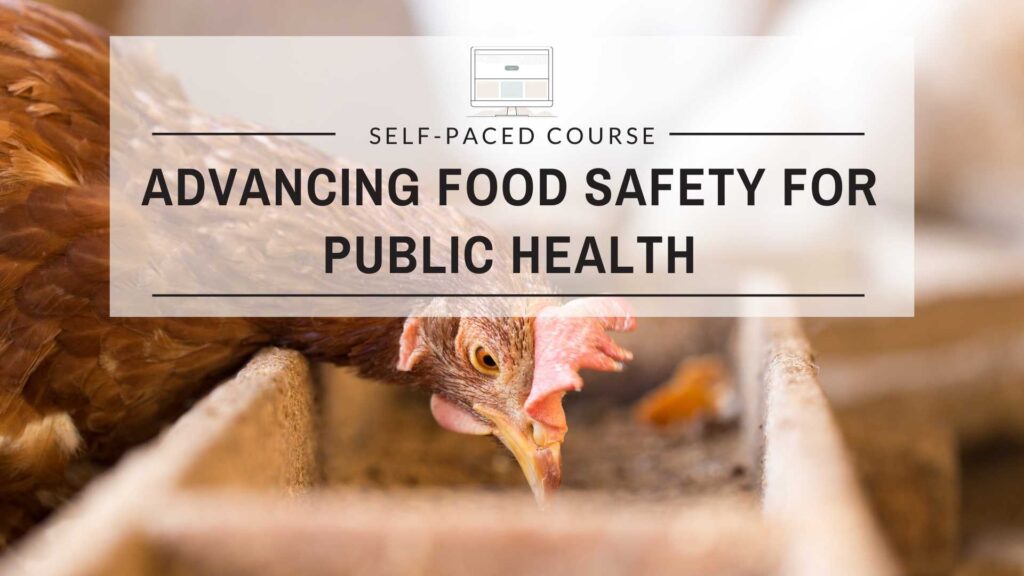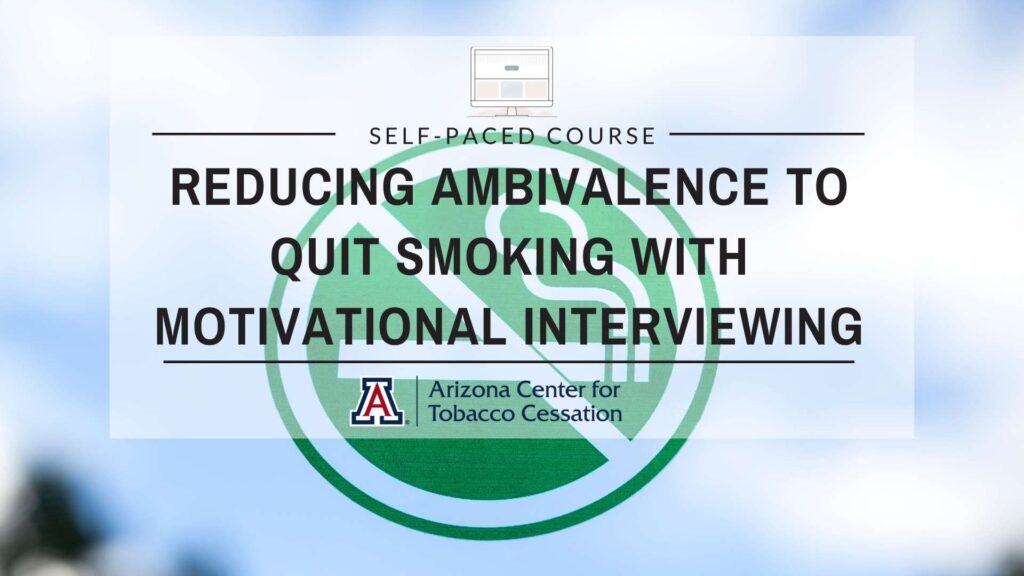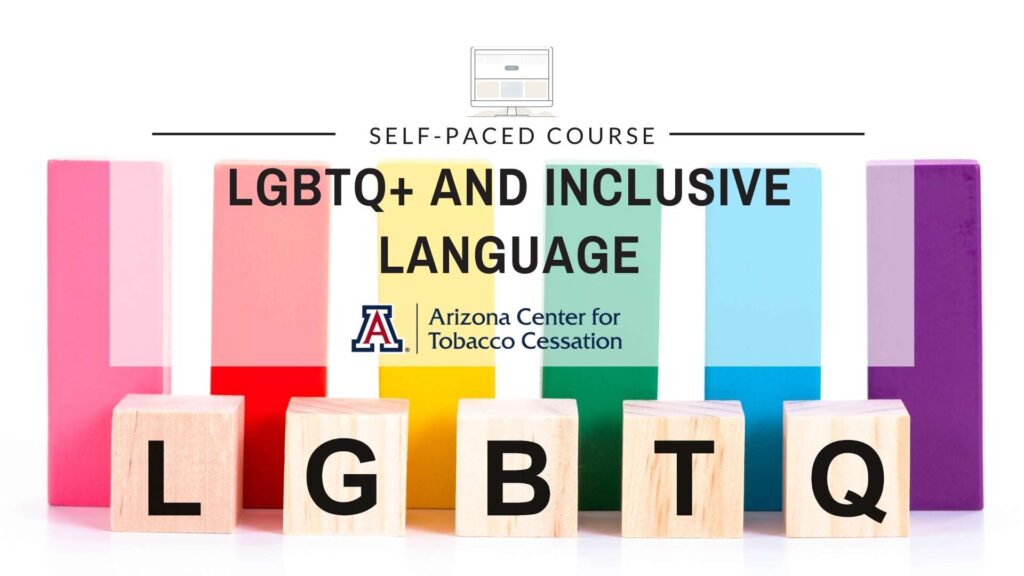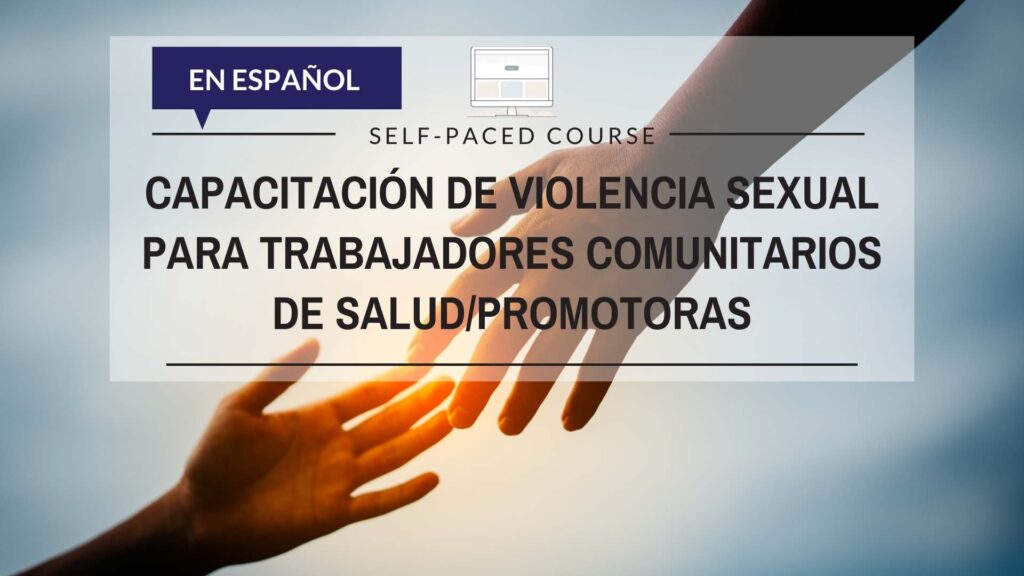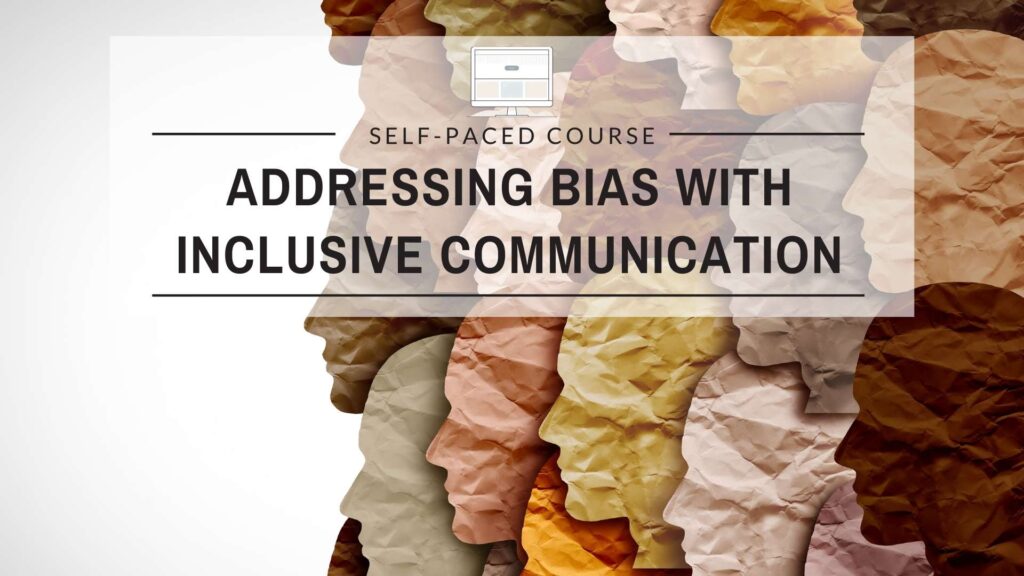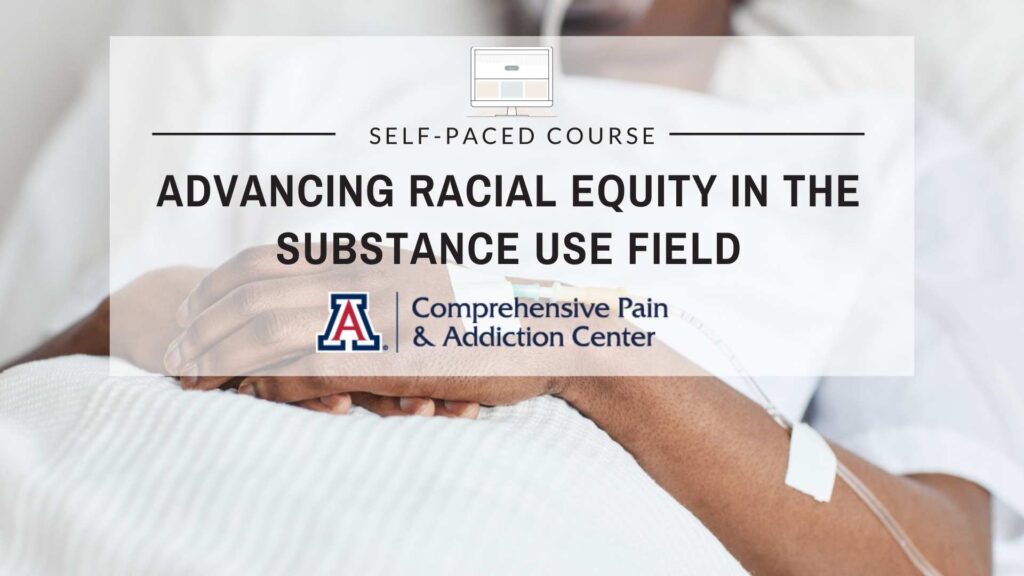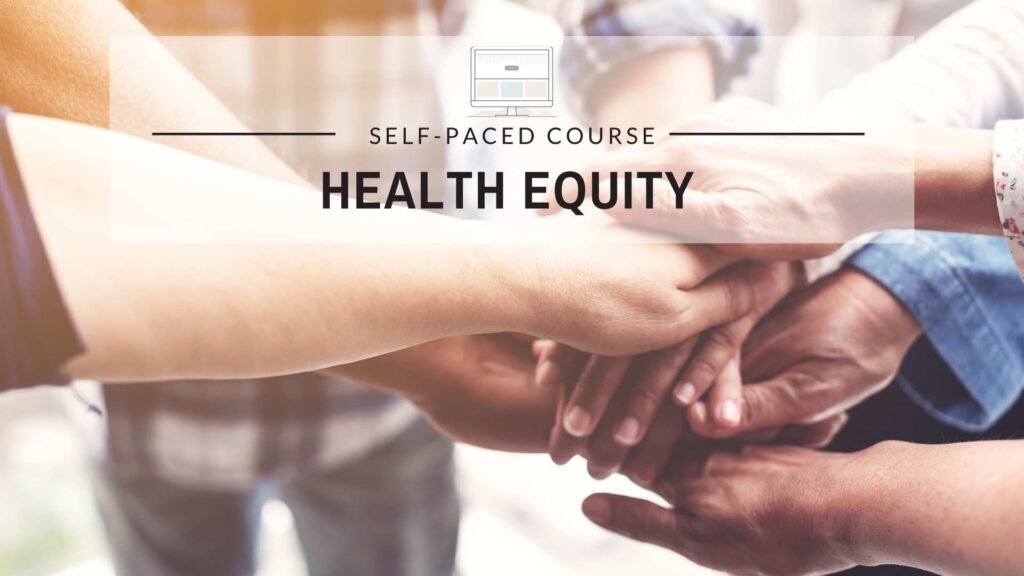The Center for Disease Control and Prevention (CDC) estimates that 48 million people get sick, 128,000 are hospitalized, and 3,000 die from foodborne diseases each year in the US. US consumers report that they consider health professionals as the most trustworthy sources of food safety information, especially for the elderly (older than 65) who are vulnerable to foodborne illnesses.
This self-paced course prepares public health professionals to utilize health risk information related to food safety issues by increasing their general knowledge of the legal basis for food safety regulation. Learners will explore regulatory agencies and food safety laws that ensure the safety of our food and contemporary issues that shape food safety and quality control.
Learning Objectives:
- Examine food safety hazards to identify prevention, control, and mitigation measures available to state and local public health agencies.
- Differentiate key food safety regulatory bodies in the US and their unique legislative authorities, missions, and jurisdictions.
- Identify public health approaches to food safety.
Target Audience: Public health professionals
Duration: 60 minutes
Continuing Education Information: 1.0 Category 1 CHES Credits, 1.0 Continuing Competency Credits
CHES Provider number: 99036Format: Web-based Training, Self-Study
Created/Updated: 8/31/2022
Author: Allison Root, DrPH, MCHES, RDN
Subject Matter Expert: Yevheniia Varyvoda, PhD
Narration by: Allison Root, DrPH, MCHES, RDN
Disclosures: The planners, reviewers, and authors have no declared conflicts of interest.


